Sonic 30th anniversary retrospective: From his highest highs to his lowest lows
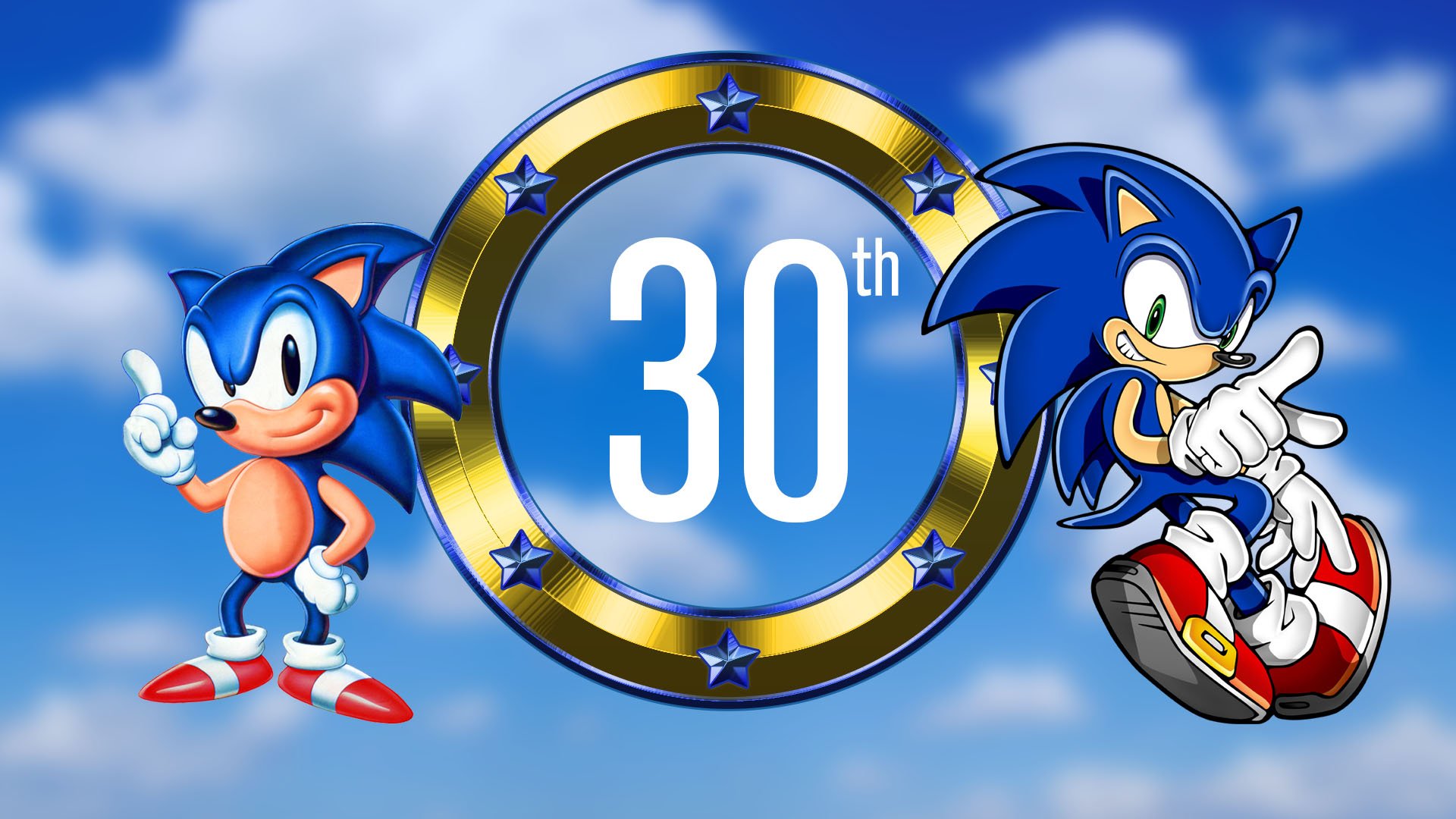
Sonic has had a rich career, starring in over 50 games, and even his own comics, cartoons, and movies. Considering that he's often paired with Mario, it's crazy to think that he started off as the masthead for Sega's fierce rivalry with Nintendo. With his 30th anniversary on June 23, 2021, the iMore gaming team is taking a nostalgic look back on his highs and lows through the years.
There are a lot of Sonic-represented multiplayer games, remakes, collections, and spinoffs, but for this retrospective, we're only going to look at the core Sonic games. Let's dive into where this flashy blue guy got his start, speed into his current standing, and end on his future prospects.
How it started: The Sonic Boom
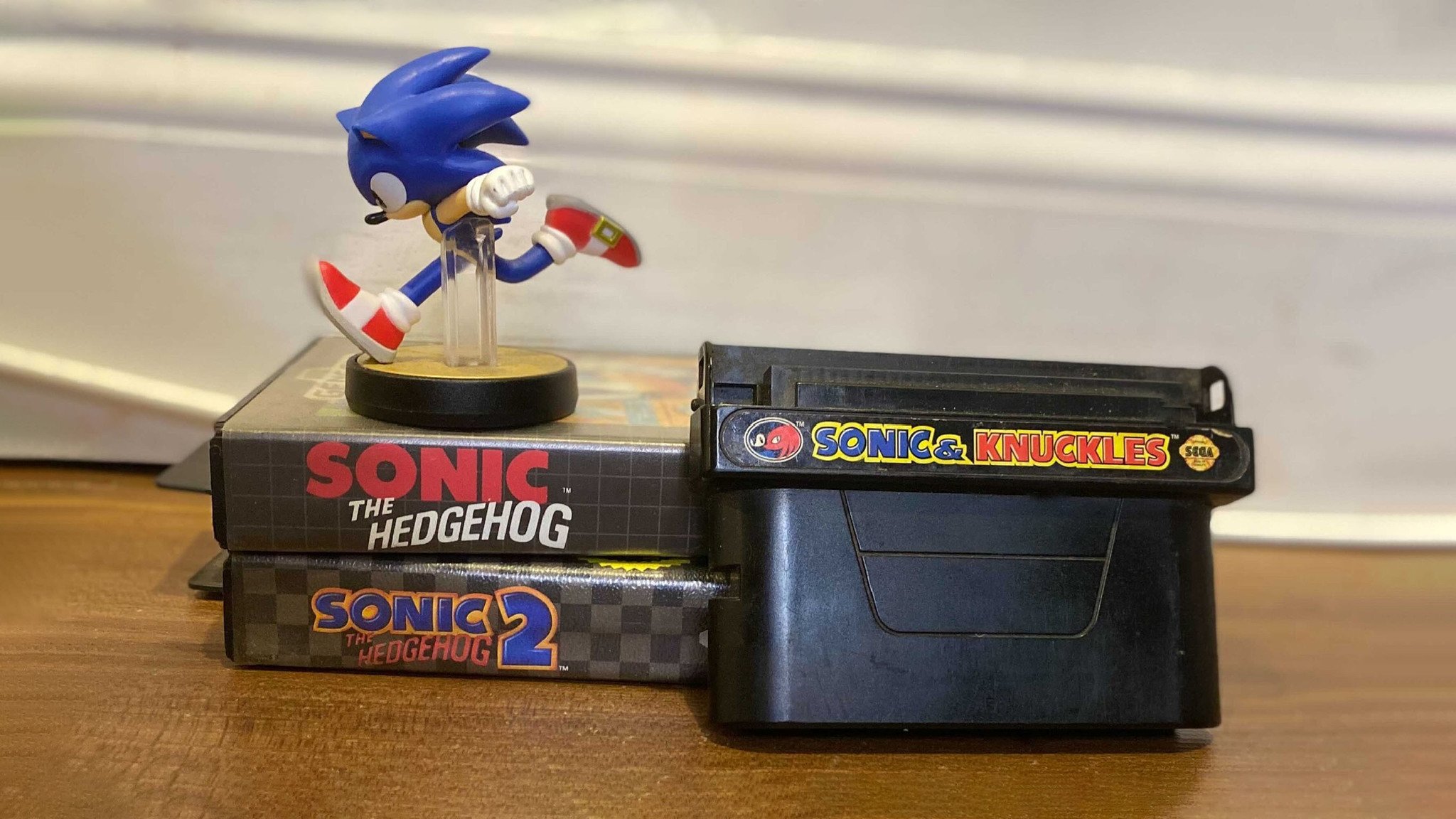
Travel with me back in time to the early 90s. In this era of VHS tapes and baggy, bright-colored clothing, Nintendo essentially held a monopoly over the video industry and Sega was on a mission to break through Mario's hold. Sega needed a new character and franchise to go with its cool Genesis console (also called the Mega Drive outside of North America). But Sega wanted a very different feel from Nintendo's polite plumber. This new character needed to be edgy, cool, and likable. After some research and planning, a blue hedgehog with attitude was born.
In the 90s, Sega needed a cool new character to break through Nintendo's hold on the gaming industry.
His cobalt coloring came from the Sega logo while his sweet shoes are said to be inspired by Michael Jackson's boots (keep in mind that the pop star's Bad album had only just released and had broken records as the biggest-selling album in music history). They had the character, now Sega just needed a game to go with him.
Yuji Naka, Sonic's programmer as well as one of his creators, was inspired to make a fast-moving character due to his experience with Super Mario Bros. World 1-1. As you might know, players are forced to replay the Mario level every time they turn the game on, making it a mundane experience anyone wants to get through quickly. Sonic's gameplay was designed with a need for speed.
Sonic's brand new fast approach to sidescrollers allowed him to take off like a flash, and thanks to him so did the Sega Genesis. For the first time in a long while, Nintendo had a worthy competitor to worry about.
Sonic the Hedgehog (1991) A real ringer
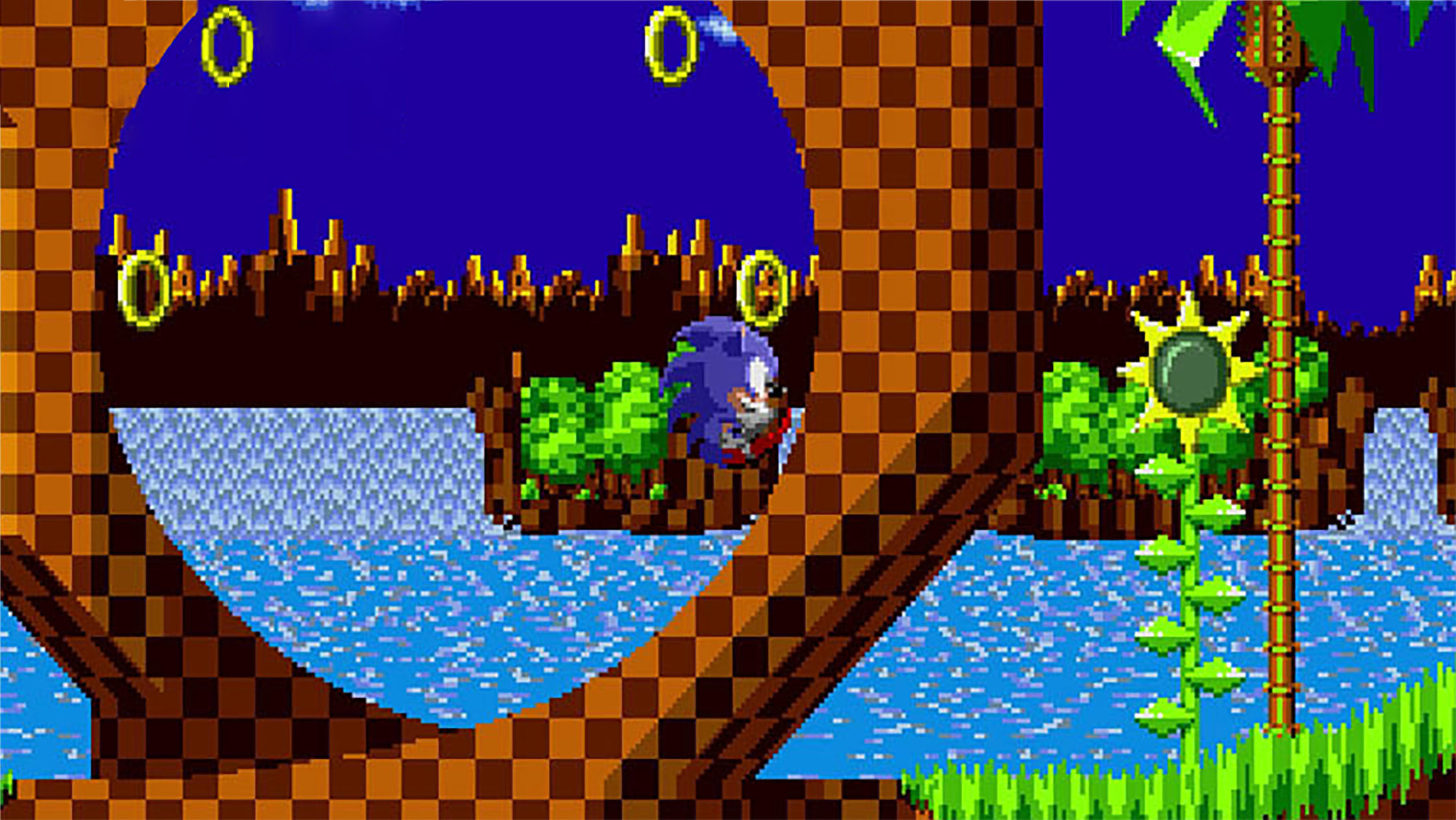
Sonic's first game released on Sega Genesis in 1991 and shook up the sidescrolling platform genre. The way he used speed to explore multiple paths in a stage gave his game replay value and made it stand out from Nintendo's platformers. It also introduced the world to Sonic's arch-nemesis, Dr. Robotnik (who wouldn't be called Eggman in North America until several years later). A cool fast-moving guy going up against an evil polluting nerd was just what the 90s needed.
Master your iPhone in minutes
iMore offers spot-on advice and guidance from our team of experts, with decades of Apple device experience to lean on. Learn more with iMore!
Sonic helped the Sega Genesis sell incredibly well against the SNES.
Sonic the Hedgehog became immensely popular and went on to become the flagship game for the Sega Genesis, inspiring a new franchise that helped the console sell incredibly well against the SNES. It's estimated that Sonic's first game sold 15 million copies in North America alone. Since then, the game has been remade and ported to several different platforms.
Sonic the Hedgehog 2 (1992) A tale for two
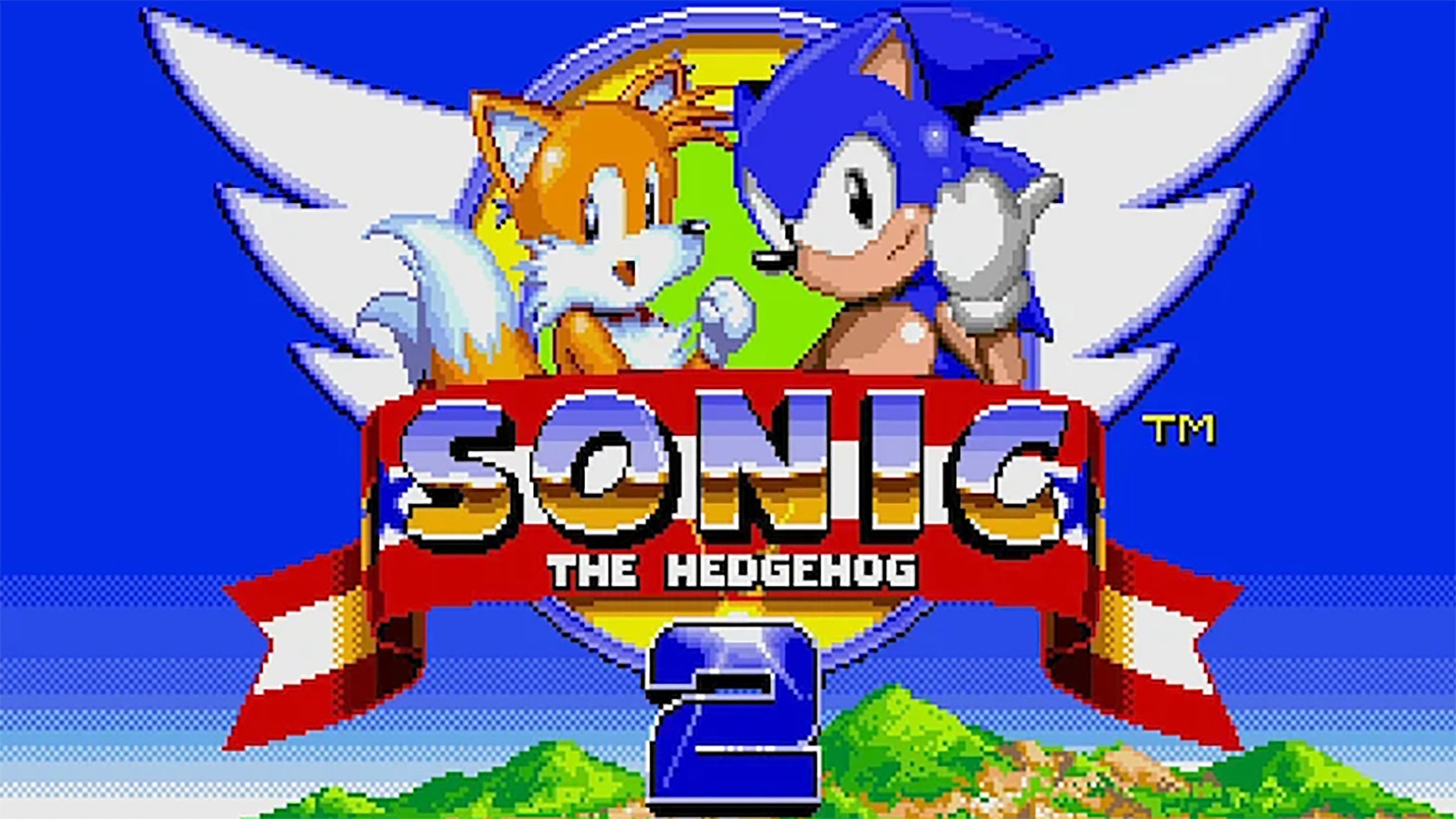
The first Sonic game had been a massive hit, so of course, Sega was eager to follow it up with a sequel. But how could it up the ante? By adding a player two! This function had actually been intended for the initial game, but Naka didn't know how to make it happen at the time. Thus Miles "Tails" Prower made his debut in Sonic 2 after the two-player programming had been figured out.
By offering a different skillset from our blue speedster, like the ability to fly with his two tails, this fox introduced competitive local play to the existing Sonic formula. Sonic 2 did very well, selling 6 million copies for the Genesis/Mega Drive, but it wasn't nearly as big of a splash as the original game.
A modified 8-bit version of Sonic 2 also released on Game Gear and was actually the best-selling Game Gear game of all time.
Sonic CD (1993) Introducing two new characters
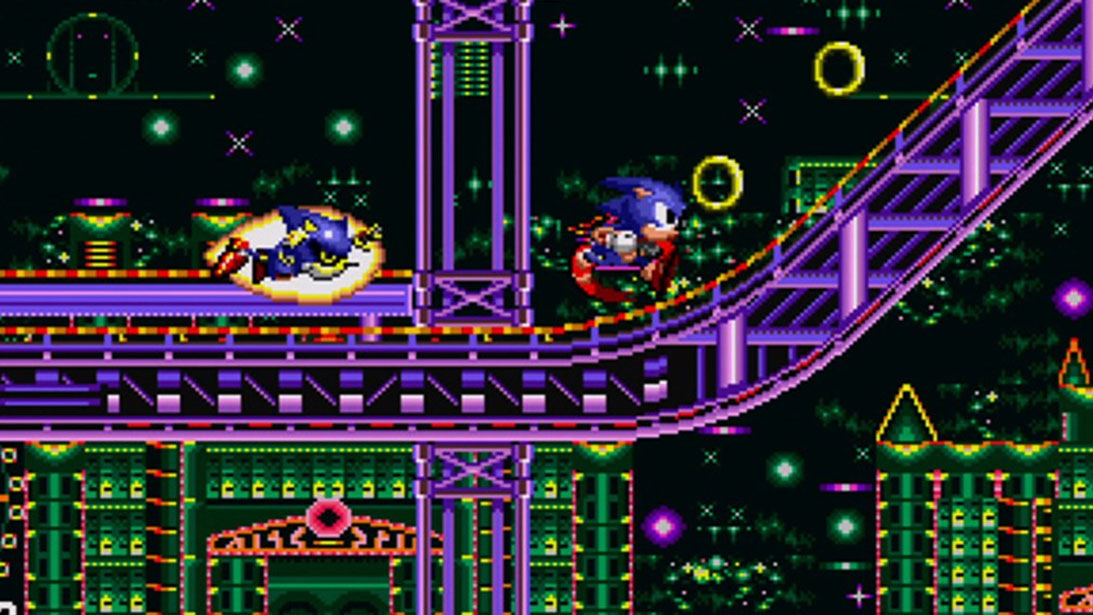
This lesser-known Sonic game initially released for the Sega CD (also known as the Mega-CD outside the U.S.), an accessory that attached to the Genesis and had its own library of games. This entry deviates quite a bit from the early Sonic formula. It's a time-traveling game that has Sonic revisiting several of the same stages only for the player to discover that the music and layout differ depending on the time period.
This was also the game that introduced both Metal Sonic, a robotic version of Sonic created by Dr. Robotnik, and Amy Rose, the pink hedgehog that would go on to become Sonic's main love interest.
Since owning the Sega CD wasn't nearly as common at the time, this game sold significantly less than contemporary Sonic titles, only reaching 1.5 million units sold.
Sonic Chaos (1993) A quiet entry
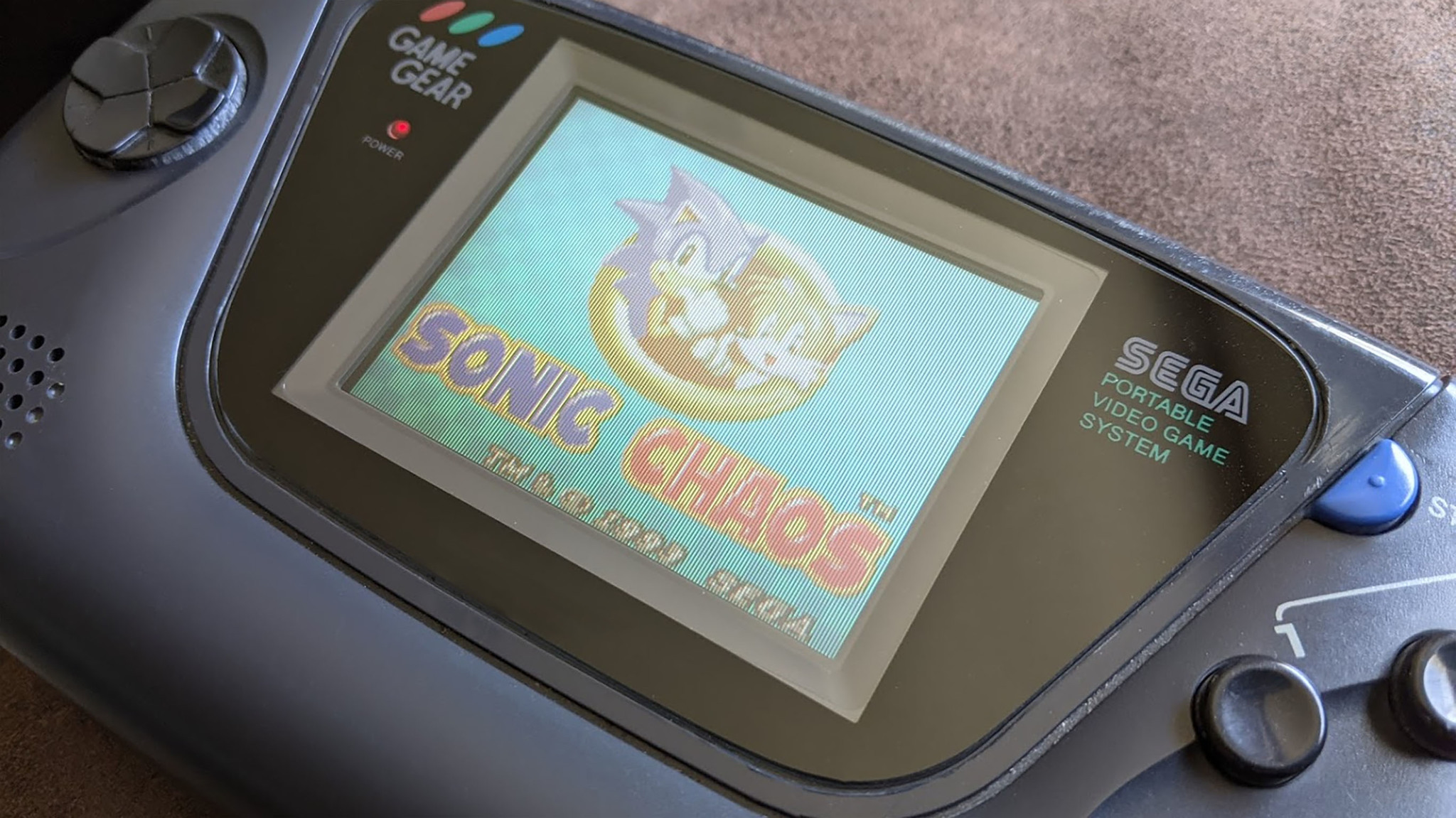
Yet another lesser-known entry, Sonic Chaos released for Game Gear and thus was only initially available to the small demographic of people who owned Sega's handheld system. But it's a well-loved entry for any who have played it. In typical Sonic fare, Dr. Robotnik had stolen Chaos Emeralds to manufacture nuclear weapons and it was up to Sonic and Tails to stop him.
While it was definitely a fun platformer, Sonic Chaos didn't really do anything to stand out from previous Sonic games in the franchise. Combine that with how it only released on the Game Gear and you can see why it wasn't one of the more popular Sonic titles.
Sonic the Hedgehog 3 (1994) Seeing red
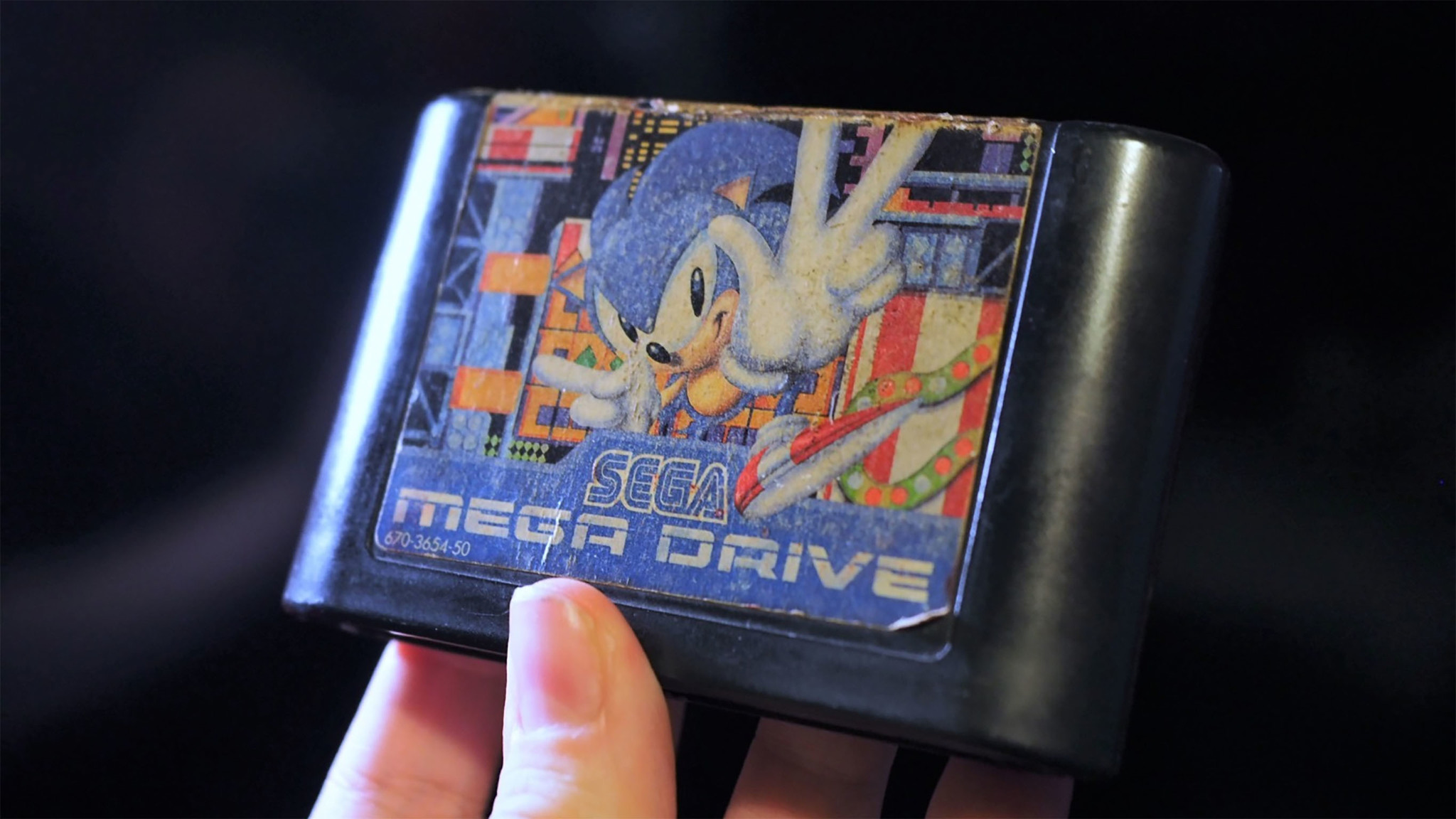
These days, you can't think of Sonic without thinking of Knuckles, but it wasn't until Sonic 3 released that we first met the red echidna. Knuckles was a popular addition to the Sega family and has gone on to star in his own games. He'll even be in the upcoming Sonic the Hedgehog 2 movie slated for 2022.
After the events of Sonic 2, Robotnik's Death Egg crashes on Angel Island and he runs into Knuckles. Here, the evil egghead spins a tale that Sonic is in fact after the Master Emerald, leading Knuckles to thwart Sonic's plans. Players take control of Sonic and Tails, encountering both Knuckles and Robotnik at various points. There is also a competitive mode for one or two players where Sonic, Tails, or Knuckles race through stages to get to the finish line first.
Sonic & Knuckles (1994) Knuckles locks on
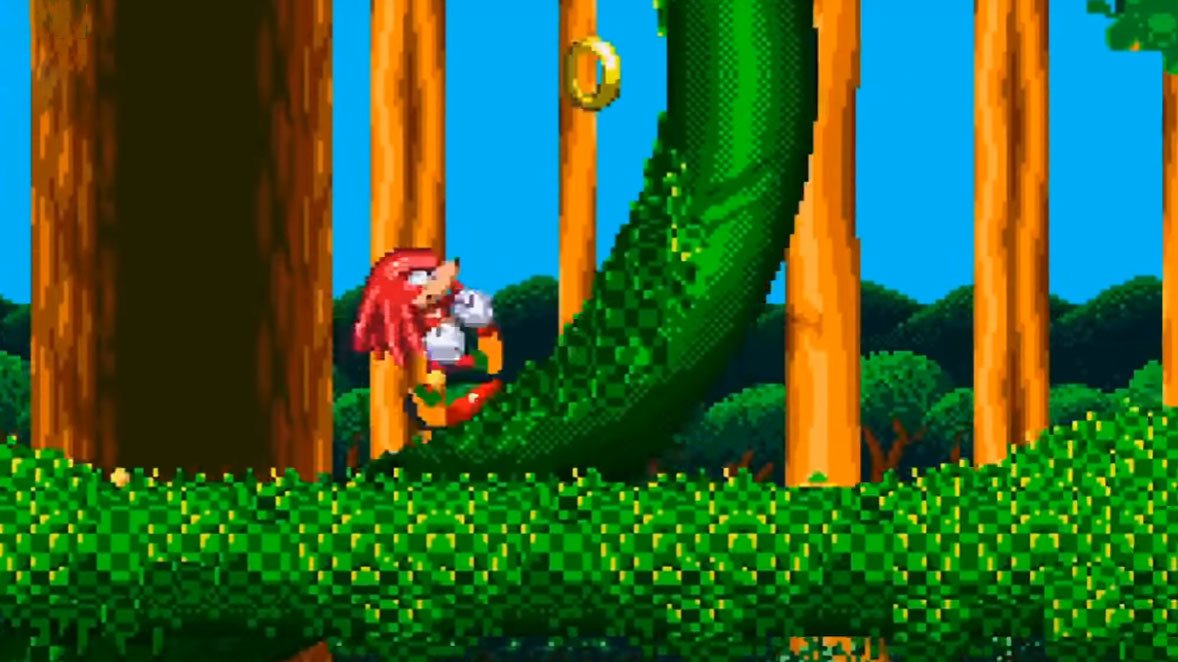
But the fun didn't stop there. Sonic & Knuckles released the same year and was actually a continuation of the plot in Sonic 3. The Sonic 3 and Sonic & Knuckles cartridges combined together with Sega's patented "lock-on technology". By opening the top of the Sonic & Knuckles cartridge and inserting Sonic 3 players could run through both games as one and experience additional features that weren't available in either game separately — for instance, the ability to save progress, access the previously locked Special Stages to collect "Super Emeralds," and unlock Hyper Sonic, Hyper Knuckles, and Super Tails.
The Sonic & Knuckles cartridge locks onto the Sonic 3 cartridge to unlock more stages and abilities.
The game starts with Knuckles still fighting against Sonic, only to learn after being defeated that Dr. Robotnik is the real foe. After that, Sonic runs through his own adventure pursuing Dr. Robotnik on the Death Egg. Knuckles, on the other hand, chases after EggRobo in the Sky Sanctuary. The game has different endings depending on if the player has collected all of the Chaos Emeralds.
This cool new integration between the two games, along with the addition of a popular new character allowed both Sonic 3 and Sonic & Knuckles to sell four million copies, making them some of the best-selling Sonic games to date.
Sonic Triple Trouble (1994) Arguably the best handheld Sonic
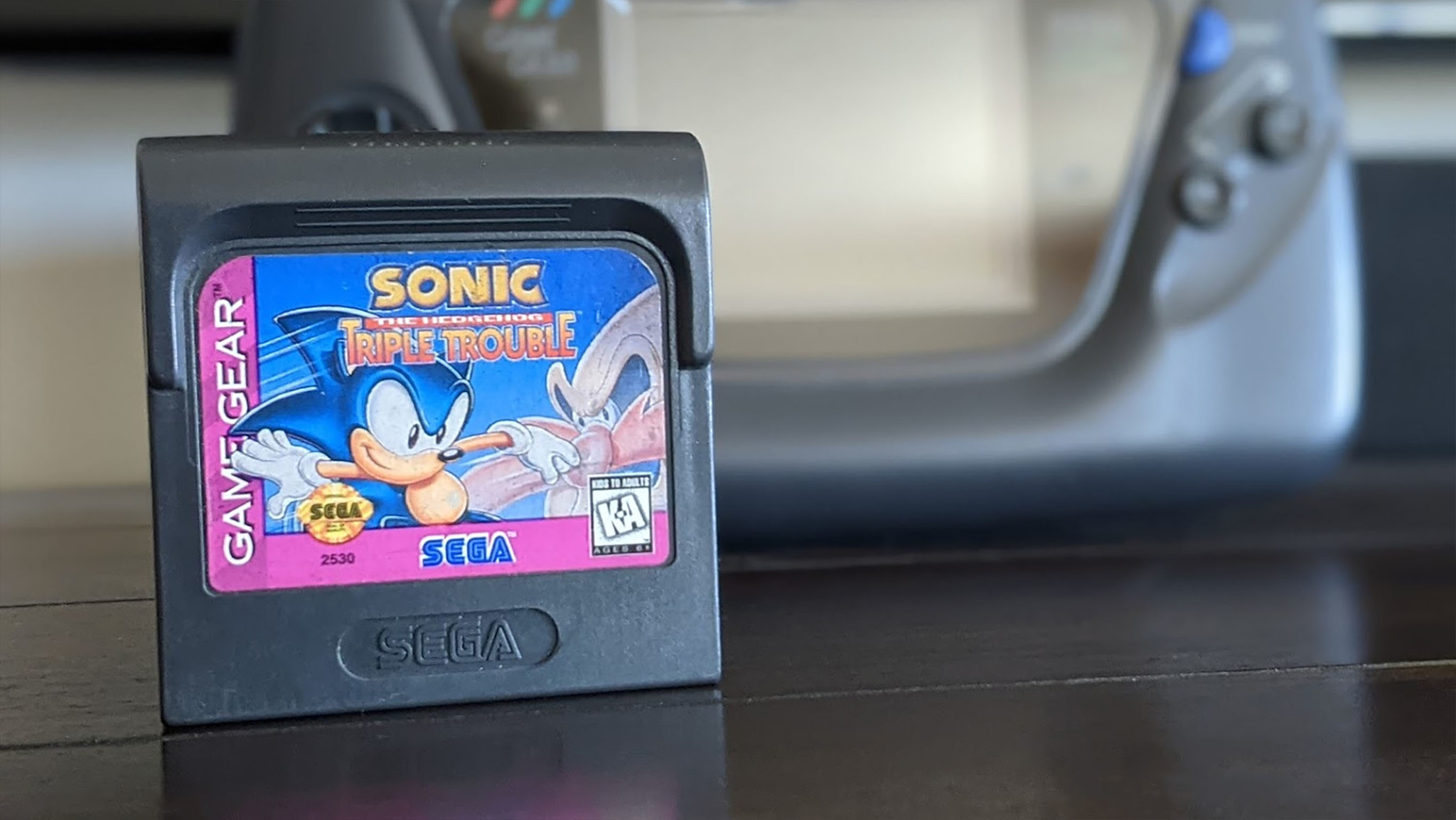
This entry launched on the Game Gear and the Mega System. Strangely enough, this was the first Sonic game to introduce vehicles, but fewer people got to play it since it was only available on the less popular Game Gear.
Despite its smaller audience, Sonic Triple Trouble is looked back on fondly as a handheld game that truly captures the feel of the Sonic Genesis era. In 2012, it was even brought to the Nintendo 3DS with a new saving feature, so players didn't always have to start over from the beginning.
Sonic Blast (1996) Breakaway depth
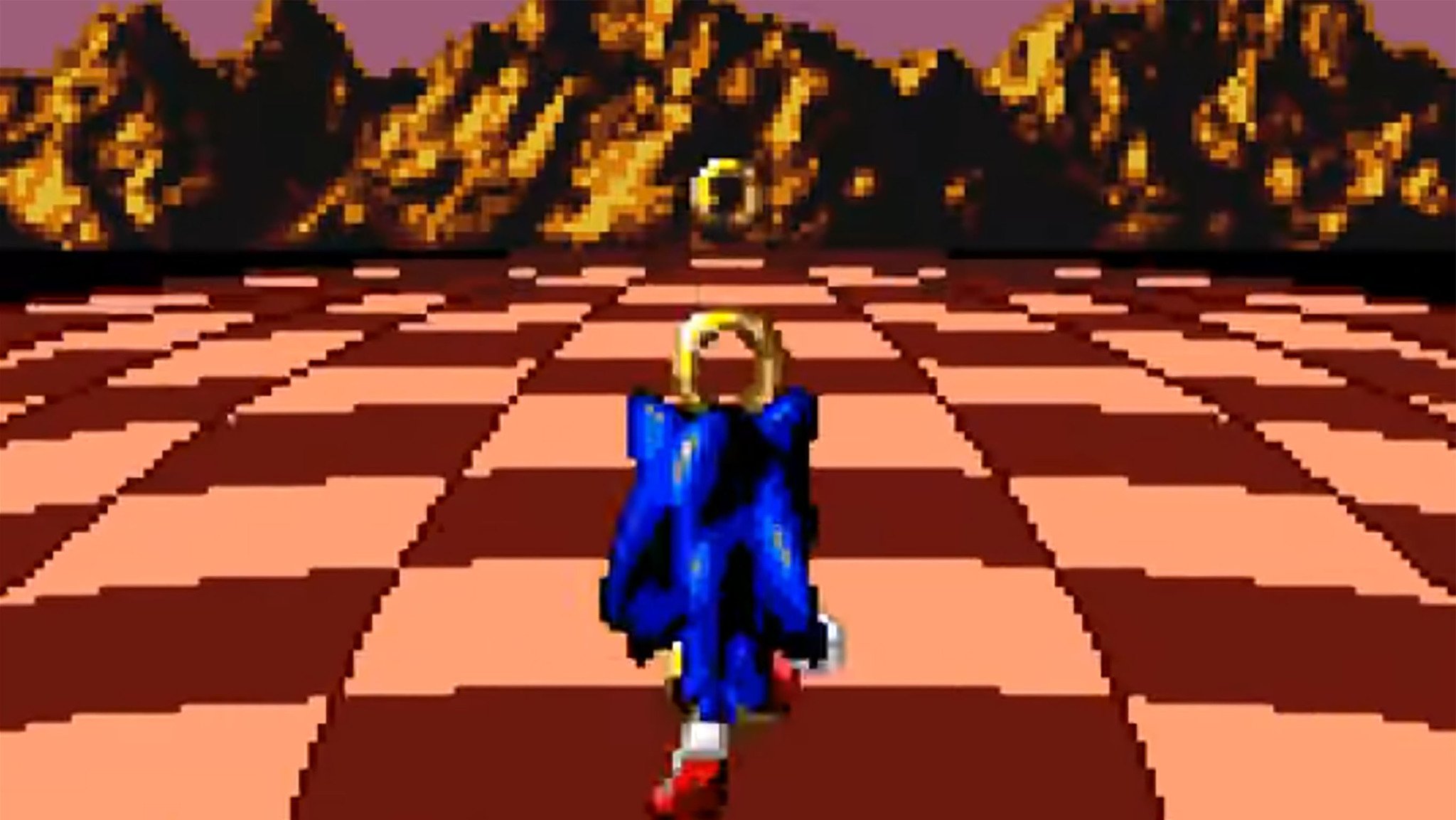
Two Sonic games released together in 1996 with very similar names: Sonic Blast for the Game Gear and Sonic 3D Blast for the Genesis/Saturn. Both brought a more 3D feel to the franchise by incorporating new Sonic designs and illusory 3D levels, similar to what had been seen since Sonic 2. The significant difference between the two was that Sonic Blast on Game Gear alternated between side-scrolling levels and 3D ones, while the Genesis game stayed 3D the whole time.
Despite this attempt to change things up, contemporary critics and players alike disliked the new art direction, claiming that Sega was trying to mimic the look of Donkey Kong Country, which had released a couple of years prior. Still, Sonic Blast helped open people's eyes to the graphical capabilities of the Game Gear, which hadn't seen this kind of artwork before.
Sonic 3D Blast (1996) Leaving the Genesis with a whimper
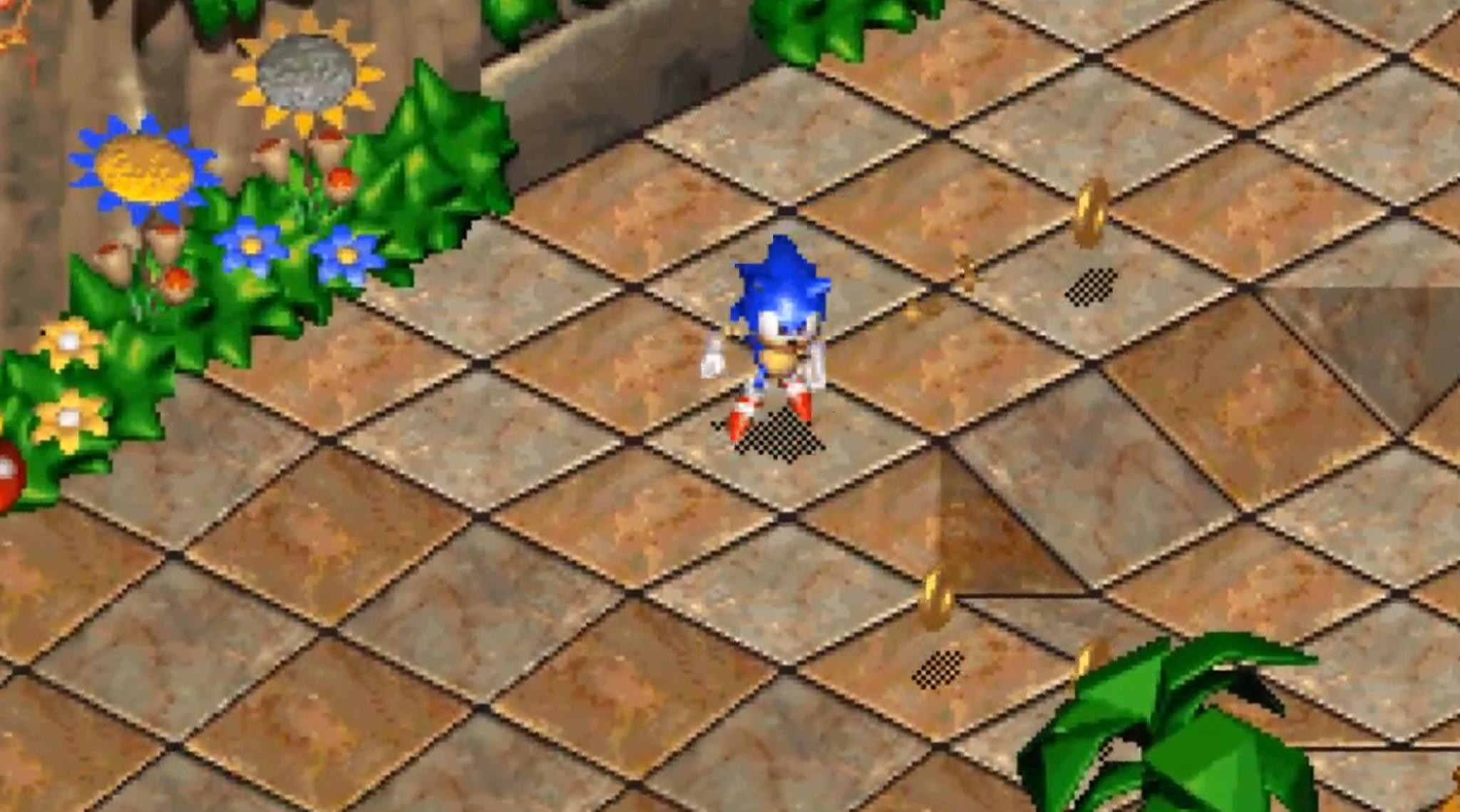
Unfortunately, Sonic 3D Blast didn't fare much better than its counterpart, which is sad considering this was the last Sonic game created for the Genesis. The game received mixed reviews regarding the 3D-style graphics, controls, and even the gameplay. People once again likened the character models to Donkey Kong Country while the isometric perspective of the levels was akin to the illusory 3D levels of Super Mario RPG.
Many players felt that it was difficult to control Sonic at first and then once they acclimated, the levels became too easy. As time has gone on, Sonic 3D Blast has been considered by many as the worst Sonic game ever made. Truly sad, considering that Sonic started the Genesis with a bang and ended it with a whimper. Unfortunately, this wouldn't be the last Sonic game to go downhill.
- Rebecca Spear

Gaming aficionado Rebecca Spear is iMore's dedicated gaming editor with a focus on Nintendo Switch and iOS gaming. You’ll never catch her without her Switch or her iPad Air handy. If you’ve got a question about Pokémon, The Legend of Zelda, or just about any other Nintendo series check out her guides to help you out. Rebecca has written thousands of articles in the last six years including hundreds of extensive gaming guides, previews, and reviews for both Switch and Apple Arcade. She also loves checking out new gaming accessories like iPhone controllers and has her ear to the ground when it comes to covering the next big trend.
